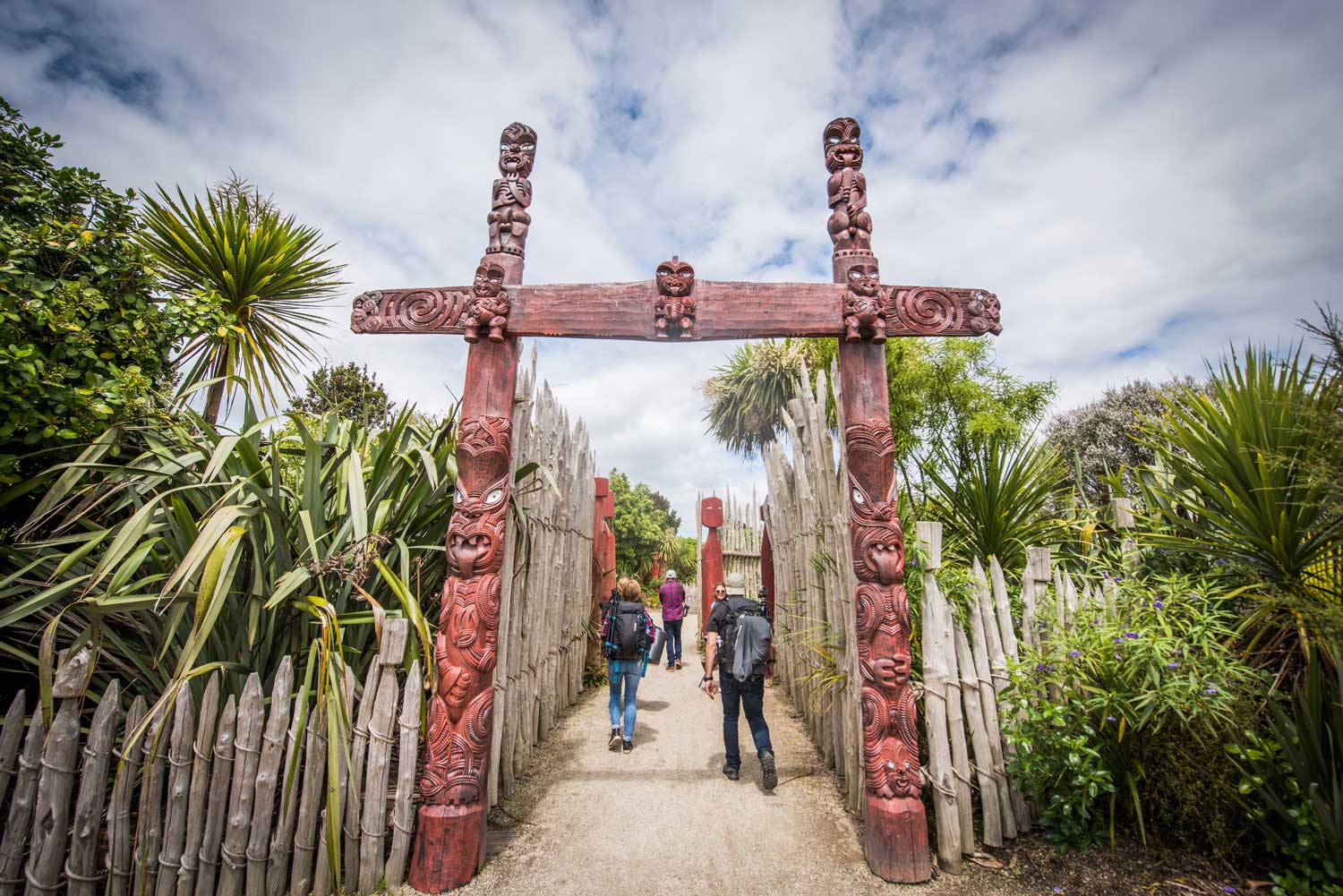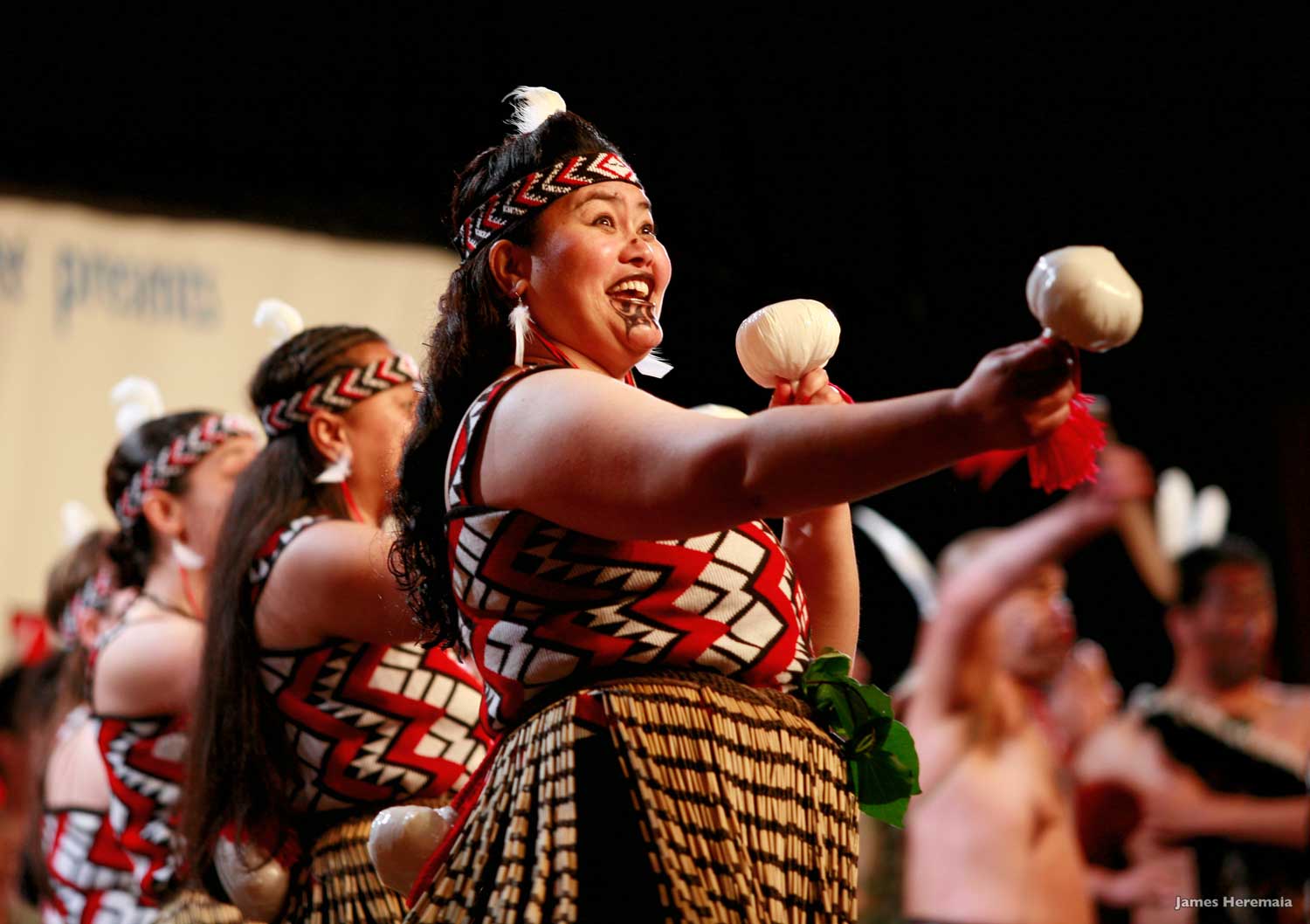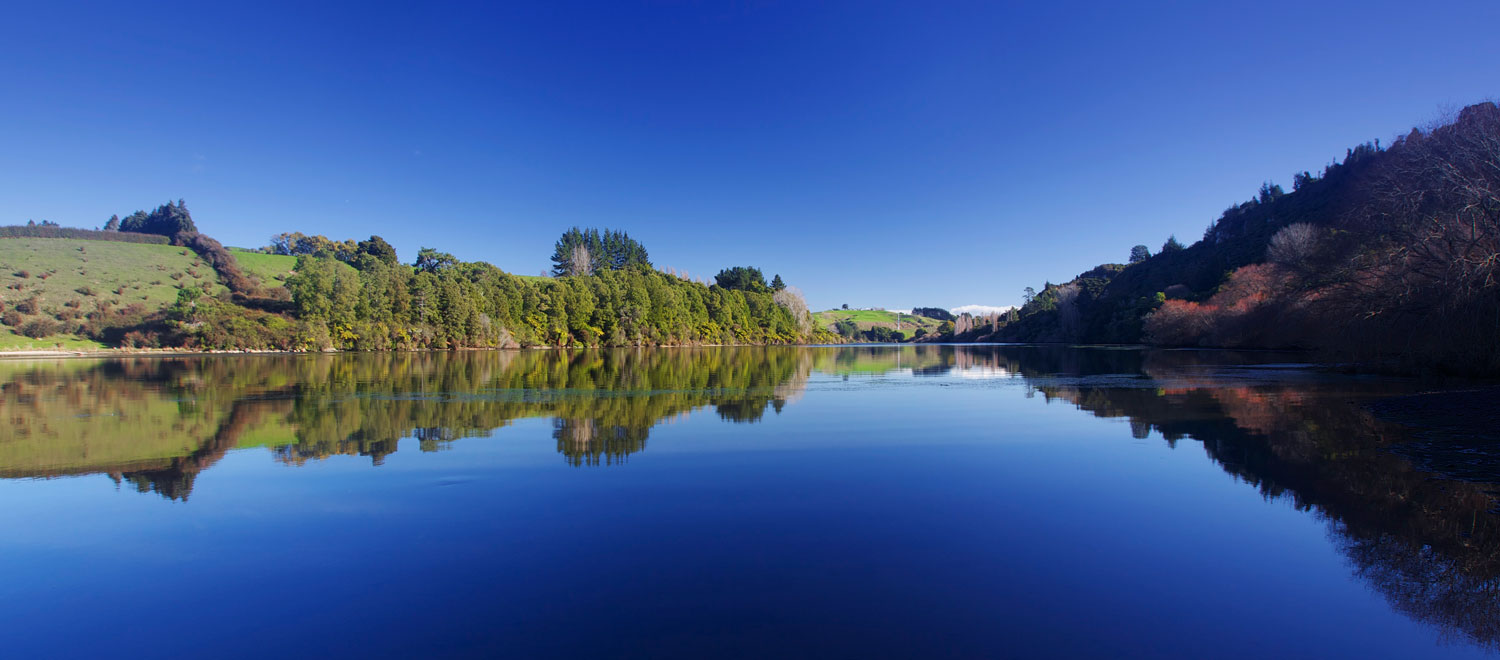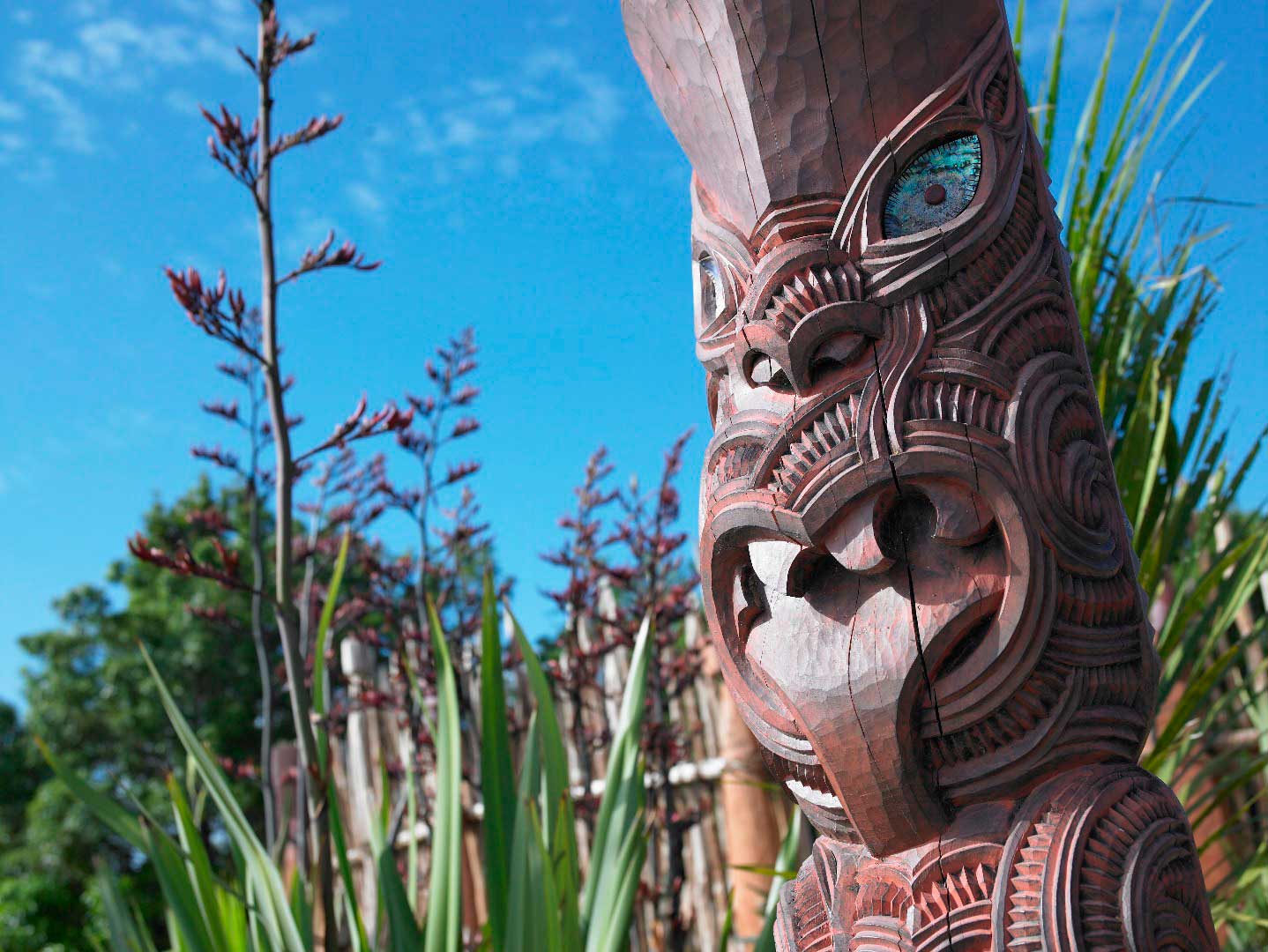Ko Waikato te Awa
Ko Taupiri te Maunga
Ko Pōtatau Te Wherowhero te Tangata
He piko, He taniwha
He piko, He taniwha!
Waikato Taniwha Rau!
Waikato the River
Taupiri the Mountain
Pōtatau Te Wherowhero the Chief
At every bend there is a Chief
Waikato of a hundred chiefs!

The traditional ancestral lands of Waikato-Tainui stretch from the south head of the Manukau Harbour to the Mokau River with interests further afield. This territory, along with that of Ngāti Maniapoto, was the heart of the King movement, or Kīngitanga, formed in 1858. The Kīngitanga – a movement to create a unified Māori nation under a Māori king was formed after consultation among tribes throughout Aotearoa/New Zealand. Pōtatau Te Wherowhero, ariki of Waikato-Maniapoto, was chosen to become the first Māori king in 1858.
In that year a number of chiefs placed their tribal lands under the protection of King Pōtatau as a guarantee against sale. Within their territory, the king's law, administered by his runanga (tribal council), would prevail.
Pōtatau, like many chiefs of his time, became convinced that unity under the umbrella of the Kīngitanga was the most effective way to protect Māori ownership of indigenous lands, prevent further loss of land to European settlers, and help protect tribal structures and customs from the impact of Pākeha practices and beliefs.
Pōtatau died in 1860 and was succeeded by his son, Matutaera Pōtatau Te Wherowhero II – more commonly known as Tāwhiao. Kīngi Tāwhiao’s reign was to last for 34 years and would include the most turbulent era of Māori-European relations.

Conflict in the Waikato
Three years into Tāwhiao’s reign on 9 July 1863, the New Zealand Settlements Act 1863 was passed. Governor Grey called on all Māori living north of the Mangatawhiri River (the northern boundary of the Kingitanga) to take an oath of allegiance to the Crown. Two days later he announced that military posts would be set up along the Waikato River; any Māori who resisted were liable to have their land confiscated. British troops then crossed the boundary at Mangatawhiri. The Kīngitanga saw this as a declaration of open war. The conflict that followed culminated in a British victory at Orakau at the beginning of April 1864.
As a result of the invasion, the people of Waikato were unjustly branded as rebels and in 1865, more than 1.2 million acres of Waikato land was confiscated.
This act of confiscation became known to Waikato-Tainui as “Raupatu”.

The war and confiscation of lands caused catastrophic economic, social and cultural damage to Waikato-Tainui – damage that is still visible today in poverty, crime and social deprivation statistics. Tāwhiao and his people were rendered virtually landless and forced to retreat into the heartland of their Maniapoto kinsfolk. For 20 years Waikato endured their exile and when they finally were able to return to the Waikato, there was a new political and legal order in place.
The search for redress and justice for Raupatu spans more than 125 years, beginning in 1884 with Kīngi Tāwhiao leading a deputation to England to seek an audience with Queen Victoria.
In 1995 Waikato-Tainui was the first Iwi to settle grievances with the Crown for what is today known as its Raupatu Claim. The 1995 Waikato-Tainui Raupatu Claims Settlement Act provided the foundations upon which the tribe would establish itself to progress the cultural, social and economic advancement of its people.
In 2008 the tribe signed a Deed of Settlement with the Crown for the Waikato River. The ‘2010 Act’ supports work to restore and protect the health and wellbeing of the Waikato River for future generations.
Waikato-Tainui still has outstanding claims over the West Coast Harbours, and Wairoa and Maioro land blocks.
